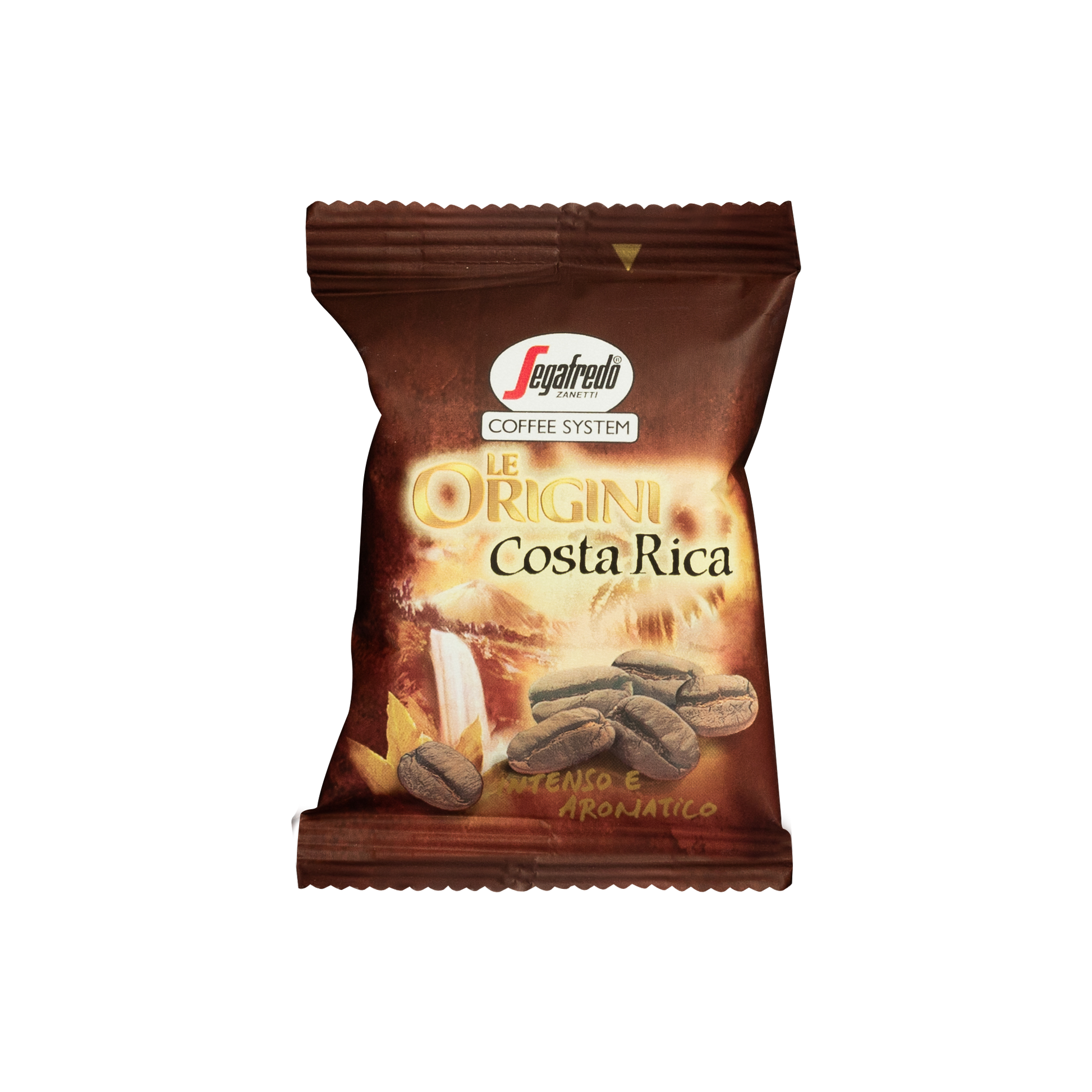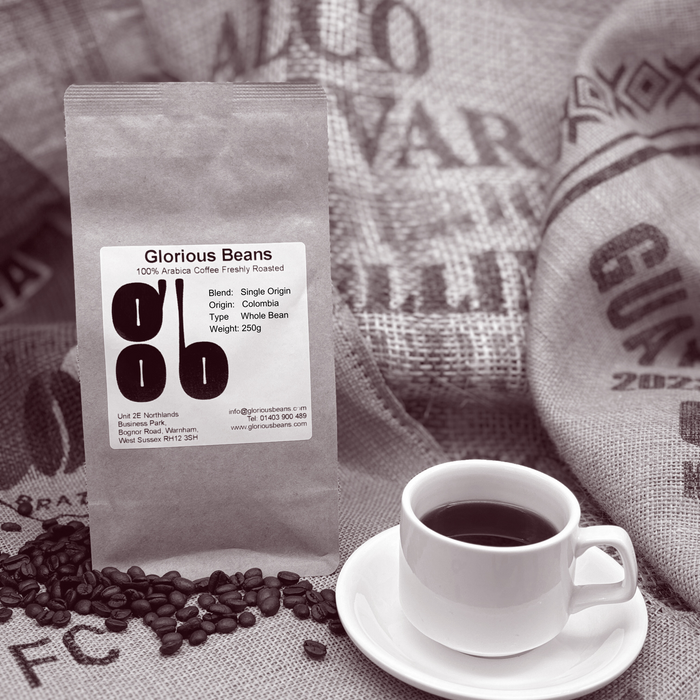How SOE Single Origin Espresso Transforms Your Morning Routine
Recognizing Coffee Beans: the Trip From Espresso to Blended Coffee Beans

The Origins of Coffee: An International Perspective
While you could believe of coffee as a contemporary staple, its beginnings trace back centuries, intertwining with cultures around the world. The story starts in Ethiopia, where legend claims a goat herdsman called Kaldi uncovered the energizing effects of coffee beans after discovering his goats romping energetically after consuming them. This triggered rate of interest, leading to coffee's infect Arab traders who cherished the made drink. By the 15th century, it reached Persia, Egypt, and Turkey, where coffeehouses became social centers for conversation and society.
As profession routes broadened, coffee made its way to Europe in the 17th century, quickly getting appeal. Each society added its one-of-a-kind spin to coffee preparation, enriching its history.
Farming and Harvesting of Espresso Beans
As coffee's journey developed, the emphasis shifted to the cultivation and harvesting of details bean ranges, especially those utilized for espresso. You'll discover that coffee beans often come from Arabica or Robusta plants, each offering distinct tastes. The suitable expanding problems include high altitudes and rich, well-drained dirt, which enhance the beans' quality.
Throughout the harvest, selecting techniques differ. Timing is crucial; you desire to collect when the cherries reach peak ripeness for optimum flavor.
As soon as collected, the beans are gotten ready for handling, which is essential in identifying their last preference. Recognizing the cultivation and harvesting procedures provides you insight into what goes right into your preferred espresso, improving your admiration for every mug.
Processing Approaches: From Cherry to Bean
Since you've learnt more about harvesting espresso beans, let's check out just how those cherries transform right into the coffee beans you love. You'll see just how various harvesting techniques effect flavor, complied with by the important actions of fermentation and drying. Ultimately, we'll break down the milling and grading procedure that establishes your coffee's top quality.
Collecting Techniques Clarified
When it pertains to coffee, understanding harvesting techniques is essential, because they straight impact the flavor and high quality of the beans you appreciate. There are two main approaches: selective picking and strip picking. Careful picking entails hand-picking only ripe cherries, guaranteeing you get the very best top quality beans. This approach typically results in a richer flavor account, though it's more labor-intensive. On the various other hand, strip selecting means gathering all cherries simultaneously, no matter ripeness. While it's quicker and less costly, this can lead to a mix of flavors, impacting the end product. Ultimately, the option of collecting technique can substantially influence your coffee experience, so it's worth knowing how those beans made it to your mug.
Fermentation and Drying
After collecting, the following action in processing coffee beans play a significant duty in forming their flavor. You'll locate that fermentation is vital, as it helps break down the mucilage surrounding the beans, boosting their preference account. Depending upon the approach, this process can last from a few hours to a number of days, with varying results based upon temperature level and humidity.
Once fermentation is full, drying out adheres to, which is just as crucial. You can pick from sun-drying or mechanical drying techniques. Sun-drying permits the beans to absorb flavors from the environment, while mechanical drying out warranties constant wetness levels despite climate. Correct drying out is important to stop mold and preserve the beans' top quality, ultimately affecting your cup of coffee.
Milling and Grading Process
As fermentation and drying out set the phase for taste growth, the milling and grading process assurances that just the finest coffee beans make it to your mug. This phase entails getting rid of the external layers of the coffee cherry, consisting of the parchment and husk. Premium beans get a greater quality, resulting in a richer coffee experience.
Toasting Methods: Opening Taste Prospective
When you roast coffee beans, the technique you pick can substantially impact the taste profile. Comprehending the partnership between time, temperature, and toasting methods is vital to revealing the capacity of your brew. Let's discover how these aspects collaborated to develop the excellent cup.
Toasting Methods Explained
While you may think that all coffee toasting methods produce the very same outcomes, the reality is that each technique exposes unique taste possibilities in the beans. Drum toasting uses a rotating drum to uniformly disperse heat, enhancing caramelization and generating a well balanced flavor. Air roasting, on the various other hand, circulates hot air around the beans, promoting a lighter roast with pronounced level of acidity.

Effect on Flavor Account
Different toasting techniques not only affect the process yet additionally substantially affect the taste account of the coffee beans. Dark roasts, on the other hand, bring out bold, great smoky tastes, often masking the bean's unique attributes. Recognizing these subtleties helps you value the artistry behind your mug of coffee, boosting your overall experience with every sip.
Time and Temperature Level Elements
To launch the complete taste capacity of coffee beans, both time and temperature during the toasting process play significant duties. When roasting, you'll locate that greater temperature levels can swiftly establish flavors, but if you hurry it, you could wind up with charred notes. On the other hand, lower temperatures permit an extra steady taste development, showcasing the beans' unique features.

Timing is simply as essential; expanding the roast as well long can lead to a loss of level of acidity and brightness, while as well short a roast may leave the beans underdeveloped. Finding that pleasant area calls for method and experimentation. By changing these factors, you can expose the rich, complicated tastes concealed within each bean, producing an absolutely amazing coffee experience.
The Art of Mixing: Crafting Unique Coffee Profiles

Beginning by picking a base coffee that provides a strong structure. An intense Ethiopian bean can bring fruitiness, while a rich Brazilian coffee adds body.
As you mix, keep in mind that each combination tells a tale. You're not simply making coffee; you're developing an experience. So, take your time, preference regularly, and delight in the journey of uncovering your trademark blend.
Developing Techniques: Just How Preparation Influences Flavor
Blending coffee opens up a domain of taste opportunities, however exactly how you brew that blend can substantially affect your final mug. Various developing techniques extract unique tastes and scents, so it's vital to select intelligently. For example, a French press enables oils and sediments to continue to be, producing a rich, robust experience. On the other hand, a pour-over highlights the coffee's clarity and brightness, perfect for showcasing fragile notes.
Espresso, with its high stress, produces a focused shot that highlights sweet taste and crema. If you like a lighter brew, take into consideration a chilly mixture method; it produces a smooth, less acidic taste.
Readjusting variables like water temperature, grind size, and make time can change your coffee's profile. Accept the art of developing to discover the flavors concealed in your coffee blends.
The Future of Coffee: Sustainability and Advancement
As the coffee industry progresses, sustainability and innovation are ending up being crucial for attending to ecological challenges and meeting consumer needs. You'll see that more coffee companies are embracing green practices, from sourcing beans morally to executing sustainable farming techniques. These shifts not just help the world but likewise boost the top quality of the coffee you delight in.
You may see advancements like eco-friendly product packaging and water-saving developing techniques that minimize waste. Advanced modern technology, such as blockchain, is also becoming popular, ensuring transparency in the supply chain, which allows you to trace your coffee back to its origins.
Furthermore, purchasing local communities and supporting farmers through fair profession efforts cultivates an extra sustainable coffee environment. As you sip your next cup, keep in mind that your selections can add to a brighter future for coffee. By choosing sustainable brands, you're not just delighting in a beverage; you're making a favorable effect on the globe.
Often Asked Concerns
What Is the Distinction In Between Arabica and Robusta Beans?
Arabica beans are smoother, sweeter, and have a greater level of acidity, while robusta beans are stronger, much more bitter, and include more high levels of caffeine. When making your coffee., you'll notice these distinctions in flavor and fragrance.
How Does Altitude Affect Coffee Bean Flavor?
Altitude impacts coffee bean flavor considerably. Greater elevations produce beans with brighter Single Origin Espresso acidity and facility flavors, while lower elevations commonly yield beans that are larger and less nuanced. You'll observe these differences in your mug!
What Are the Health Benefits of Drinking Coffee?
Consuming alcohol coffee can improve your energy, enhance psychological focus, and also boost physical performance. It's abundant in antioxidants, may decrease the risk of specific diseases, and can promote a much healthier metabolism when consumed in small amounts.
Can Coffee Beans Be Reused for Developing?
Yes, you can reuse coffee beans for brewing, however the taste may be weak. If you enjoy trying out, attempt reusing them in various means, like cold brews or including to shakes for an extra kick.
Exactly how Should I Shop Coffee Beans for Quality?
To maintain your coffee beans fresh, store them in a closed container in a trendy, dark area. Prevent subjecting them to light, wetness, or heat, as these factors can rapidly weaken their taste and aroma.
Comprehending Coffee Beans: the Journey From Espresso to Blended Coffee Beans.
Currently that you have actually found out concerning collecting espresso beans, let's check out exactly how those cherries change right into the coffee beans you enjoy.When you roast coffee beans, the approach you pick can substantially impact the taste account - Single Origin Espresso.While you could assume that all coffee toasting approaches generate the very same results, the truth is that each technique reveals unique flavor potentials in the beans.Various toasting techniques not just affect the process but likewise considerably impact the taste profile of the coffee beans